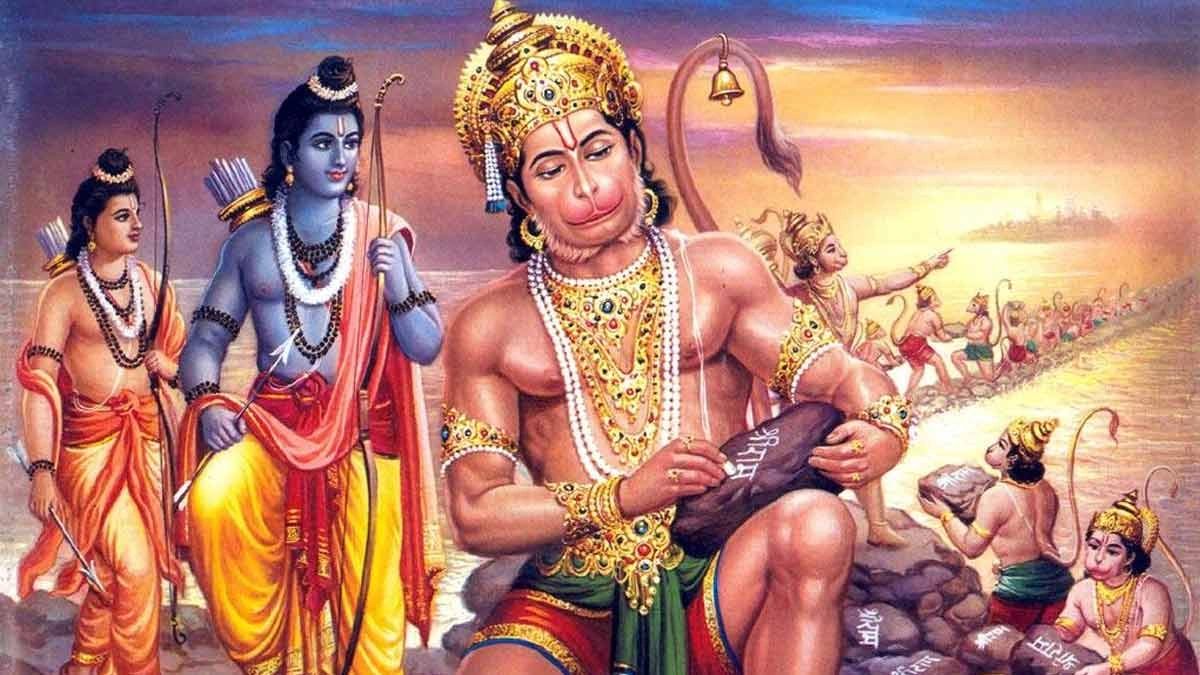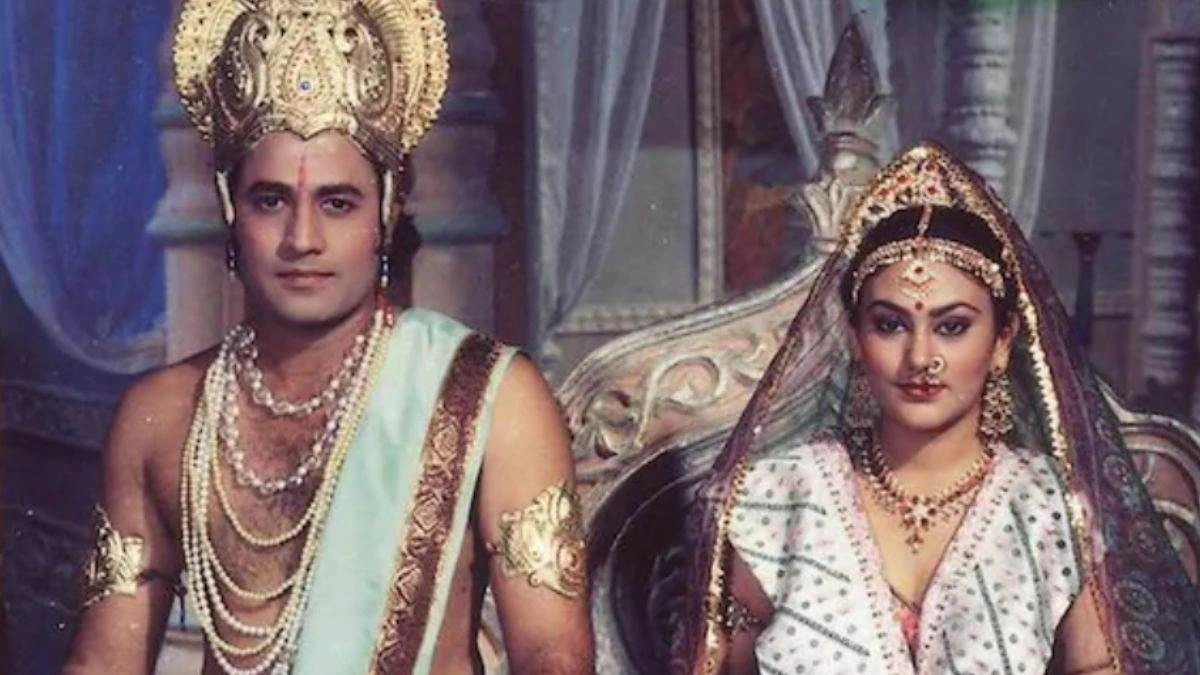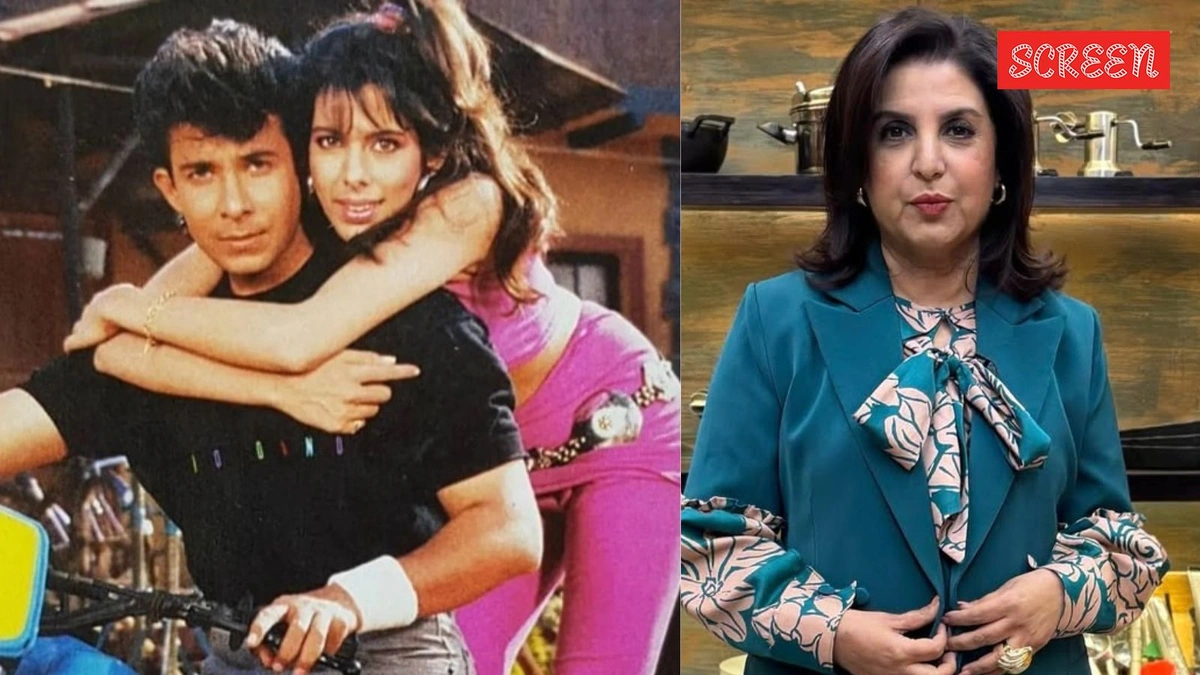Decoding the Ramayan | More Than Just a Story
The Ramayan . It’s a word that conjures images of valiant princes, mythical creatures, and epic battles. But let’s be honest, for many of us, it’s something we vaguely remember from childhood cartoons or snippets heard during festivals. What fascinates me is how this ancient epic continues to resonate so deeply in modern India. It’s not just a story; it’s a lens through which we understand ourselves, our values, and our place in the world. So, why does the Ramayan still matter?
The Enduring Power of Dharma

One of the key reasons the Ramayan remains relevant is its exploration of dharma . Now, dharma isn’t just about following rules; it’s about understanding your duty, your purpose, and acting in accordance with cosmic order. Think of it as your personal moral compass, guiding you through the complexities of life. The characters in the Ramayan, from Rama to Hanuman, constantly grapple with their dharma, making choices that reflect their commitment to righteousness.
But here’s the thing: dharma isn’t always easy. Sometimes, it requires sacrifice, courage, and unwavering conviction. Rama’s exile, Sita’s ordeal, Hanuman’s devotion – these aren’t just plot points; they’re examples of individuals upholding their dharma, even in the face of immense adversity. What’s interesting is how different interpretations of dharma exist within the epic itself, leading to conflicts and dilemmas that mirror our own struggles in navigating a complex world.
Beyond the Battlefield | The Ramayan’s Lessons on Relationships
The Ramayan is often seen as a tale of good versus evil, a cosmic battle between Rama and Ravana. But look closer, and you’ll find a rich tapestry of relationships – between siblings, spouses, friends, and even enemies. What fascinates me is how these relationships are depicted with such nuance and complexity.
Consider the bond between Rama and Lakshmana, an embodiment of brotherly love and loyalty. Or the unwavering devotion of Hanuman to Rama, a testament to the power of selfless service. And then there’s the complicated relationship between Kaikeyi and Rama, a story of misunderstanding, regret, and eventual reconciliation. These aren’t just characters in a story; they’re reflections of the bonds that shape our lives. Let’s be honest, we all have our Lakshmanas and Kaikeyis in our lives and understanding those relationships, makes all the difference. And that’s why the ramayan characters matter!
The Ramayan in the 21st Century | Adapting to a Changing World
The Ramayan isn’t confined to ancient texts or religious rituals; it’s a living, breathing narrative that continues to evolve and adapt to the 21st century. From stage plays and television serials to Bollywood films and graphic novels, the Ramayan has been reimagined and reinterpreted in countless ways.
What’s particularly interesting is how these modern adaptations often reflect contemporary social and political issues. For example, some interpretations explore themes of gender equality, environmentalism, and social justice, using the Ramayan as a framework for addressing pressing concerns. I initially thought this was straightforward, but then I realized that this is how stories live on and this adaptation is more than just entertainment. It’s a way of engaging with the past while grappling with the challenges of the present. According to various sources, the story of ramayan has been adapted and re-adapted to fit the current narrative.
The Ethical Dilemmas of the Epic | A Timeless Guide
What fascinates me most about the Ramayan is not its divine figures or supernatural events, but the ethical dilemmas faced by its characters. These dilemmas – questions of duty versus desire, justice versus mercy, loyalty versus truth – are as relevant today as they were thousands of years ago.
Lord Rama faces countless such choices throughout his exile. Each one, has significant consequences, forcing him to weigh the potential impact of his actions on himself, his family, and his kingdom. These aren’t just abstract philosophical concepts; they’re real-world challenges that we all face in our own lives. By examining the choices made by the characters in the Ramayan, we can gain valuable insights into our own ethical decision-making processes. Here’s the thing – the beauty is that there is no clear right or wrong. Sometimes, it’s okay to not be right. But, what do I know?
Ramayan Stories: A Deep Dive
The Ramayan is more than just a religious epic; it’s a cultural cornerstone that continues to shape our understanding of ourselves and the world around us. It provides moral and ethical frameworks and offers a timeless guide. And it’s not just a story; it’s a mirror reflecting our own hopes, fears, and aspirations. It holds relevance for those seeking moral compass. And that’s why understanding the ramayan importance and its significance is critical.
But, the real question remains. How can we use the wisdom in this ancient epic to lead more meaningful and fulfilling lives? Ultimately, the Ramayan isn’t just a story to be read or a ritual to be performed; it’s a journey of self-discovery, a quest for meaning, and a call to action. And it’s a journey that continues to resonate with us today, inspiring us to live with courage, compassion, and unwavering commitment to our own dharma.
FAQ Section
Frequently Asked Questions
What is the main message of the Ramayan?
The core message revolves around the triumph of good over evil, the importance of dharma (righteous conduct), and the ideals of perfect relationships, particularly through the characters of Rama and Sita.
Who wrote the original Ramayan?
The original Ramayan, known as the Valmiki Ramayan, was written by the sage Valmiki in Sanskrit.
Are there different versions of the Ramayan?
Yes, there are many regional and linguistic variations, including Tulsidas’s Ramcharitmanas (in Awadhi) and Kamban’s Ramavataram (in Tamil), each offering unique perspectives and interpretations.
Why is Hanuman so important in the Ramayan?
Hanuman embodies devotion, strength, and selfless service. His unwavering loyalty to Rama and his incredible feats make him a central figure and a symbol of unwavering faith.
Is the Ramayan considered a true story?
Whether the Ramayan is historically accurate is a matter of faith and interpretation. For many, it’s a sacred text with deep spiritual meaning, while others view it as a rich source of moral and philosophical teachings.
How does the Ramayan influence Indian culture today?
The Ramayan influences Indian culture profoundly through its values, traditions, art, and literature. It continues to shape ethical and social norms and inspire countless artistic expressions.













